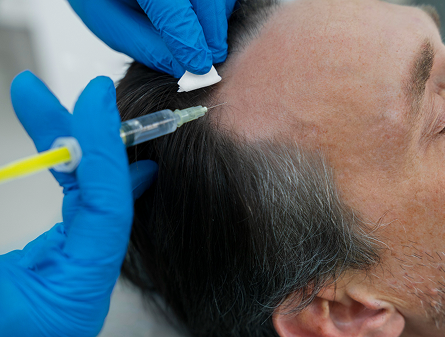Low-level laser therapy (LLLT) is a treatment that exposes the skin tissue to wavelengths of light in the “near-infrared” and red side of the visible light spectrum. It can stimulate the stem cells in your scalp that cause hair to grow. Hair vitamins can aid in preventing hair shedding.
Supplement formulations often contain beneficial nutrients for hair growth and ingredients that are designed to tackle different causes of hair loss such as inflammation and dihydrotestosterone (DHT). LLLT is a non-invasive topical treatment that can be performed at home or in a clinic.
Hair vitamins can be easily accessed from a pharmacy or online but some research may be required to find the best vitamins for your hair loss. Discover the differences between LLLT and hair vitamins in the comparison table below.
- Laser therapy uses low-level light to stimulate scalp circulation and improve follicle activity.
- Unlike hair vitamins, it targets the scalp directly and offers a practical treatment over an oral supplement.
- Hair vitamins work internally to improve hair strength and health through nutritional support.
- Compared to laser therapy, they don’t stimulate follicles directly but may correct deficiencies.
- Laser devices cost $300–$1000 as a one-time investment.
- More expensive upfront than hair vitamins, but may be more cost-effective over time.
- Hair vitamins typically cost $10–$30 per month.
- Unlike laser therapy, they require ongoing purchase but are cheaper initially.
- Laser therapy requires sessions 3–5 times a week for 15–30 minutes.
- Results take 3–6 months and depend on consistent long-term use.
- Hair vitamins are taken daily, with noticeable changes in 2–4 months.
- Unlike laser therapy, they don’t require dedicated session time, but must be taken continuously.
- Laser therapy is applied externally to the scalp using a specialised light device.
- Unlike hair vitamins, it provides physical stimulation to the hair follicles.
- Hair vitamins are ingested and work from within by providing essential nutrients like biotin, zinc, and iron.
- Compared to laser therapy, their effect is systemic, not localised.
- Laser therapy has minimal known side effects and is safe for ongoing use.
- Safer for users compared to hair vitamins by avoiding potential overconsumption.
- Hair vitamins are generally safe but may cause side effects if taken in excess.
- Unlike laser therapy, they require careful dosage control to avoid imbalances.
- Laser therapy requires time and equipment, which may be a barrier for some users.
- Less convenient than simply taking a supplement.
- Hair vitamins are taken orally once a day and easily fit into daily routines.
- Unlike laser therapy, no special tools or preparation are needed.
- Laser therapy devices are available online, but have a higher entry cost.
- Not commonly found in standard pharmacies or supermarkets.
- Hair vitamins are widely available across pharmacies, health stores, and supermarkets in Australia.
- More accessible and affordable compared to laser therapy devices.
- Laser therapy delivers lasting effects with consistent use, but results fade if sessions are stopped.
- Requires a continuous routine to maintain benefits.
- Hair vitamins may improve hair health if nutritional needs are consistently met.
- Unlike laser therapy, effects may persist briefly even after stopping if deficiencies were corrected.
- Laser therapy can be combined with minoxidil, supplements, and other topical treatments.
- Compatible with hair vitamins and enhances their effects by improving scalp circulation.
- Hair vitamins complement topical and light-based treatments by supporting internal health.
- Unlike laser therapy, they cannot produce regrowth in cases unrelated to nutrition.
- Laser therapy appeals to those seeking a high-tech, external solution with no pills.
- Perceived as modern and innovative.
- Hair vitamins appeal to users who prefer a natural, internal wellness-based approach.
- Unlike laser therapy, they are more familiar and often considered part of holistic self-care.
- Laser therapy boosts scalp health and may reduce inflammation, supporting follicle function.
- Focused on improving hair growth directly.
- Hair vitamins contribute to overall health, including nail strength, skin quality, and energy levels.
- Compared to laser therapy, they offer broader wellness benefits.
- Laser therapy devices are reusable and generate minimal long-term waste.
- More sustainable than continuously packaged consumables.
- Hair vitamins contribute to ongoing waste from plastic bottles and packaging.
- Less environmentally friendly than a single laser device investment.
Shop our hair solutions
We are committed to providing affordable hair regeneration services for people all over Australia. Our formula can help you regain your confidence.
Shop Now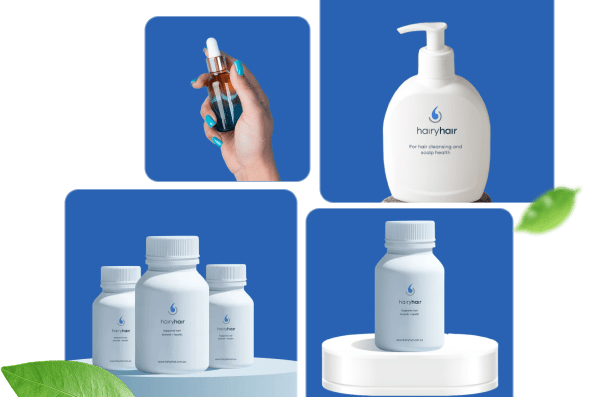

Laser Therapy vs Vitamins For Regrowth Solutions Comparison Summary
LLLT has been shown to be effective in clinical studies but may need to be combined with other treatments for the best results. Hair vitamin effectiveness can depend on the active ingredients used and what the cause of your hair loss is. They are most effective if a nutrient deficiency is the cause of your hair loss.
LLLT clinical sessions can be costly as they need to be attended regularly to maintain results. At-home devices can offset this cost in the long run but are not as powerful as clinical-grade devices and need to be used several times a week for the best results.
Hair vitamins are comparatively cheaper and can be acquired through a subscription service for a discounted price but more research may be required to find the right formulation to help with your hair loss.
LLLT users typically do not experience negative side effects but those who do have reported itching, acne and scalp sensitivity. Hair vitamins are typically considered safe to take but you should consult with a healthcare professional before starting them. This is because an excess of certain vitamins can cause hair loss or more serious health issues.
User Guidance
LLLT clinical treatments may require some travel to attend sessions but at-home devices are widely available for purchase online. Research may be required to find the most effective device for your hair loss, however. Hair vitamins are widely available but you need to be careful that you are taking the right balance based on your nutritional needs.
LLLT can work well with other hair loss treatments such as topical minoxidil which has shown to be beneficial in studies. Hair vitamins can work well with other treatments but more studies are needed to understand the best combinations for treating hair loss.
Take Our Hair Loss Quiz to See Which Treatment Suits You?
Take A Hair Quiz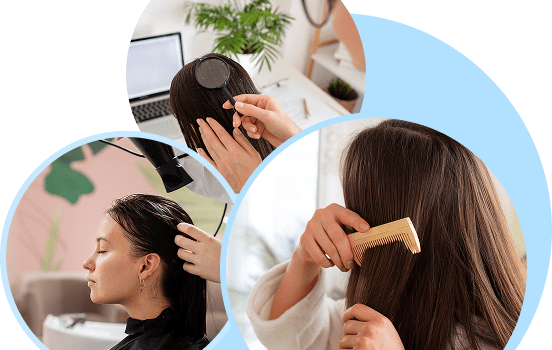
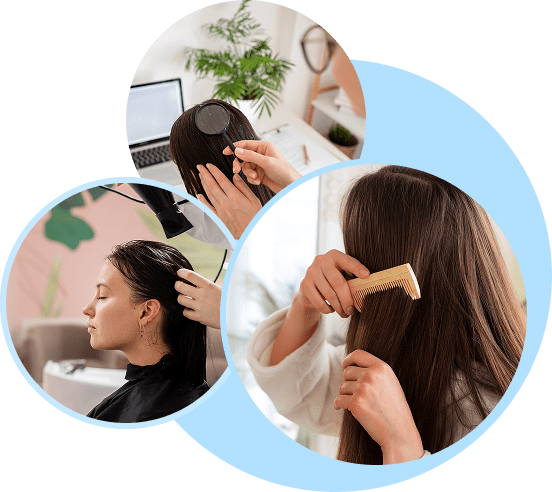
Frequently Asked Questions
We have put some commonly asked questions.
Nunc scelerisque tincidunt elit. Vestibulum non mi ipsum. Cras pretium suscipit tellus sit amet aliquet. Vestibulum maximus lacinia massa nontor.
Platelet-rich plasma (PRP) treatment involves drawing blood from the patient, isolating the beneficial nutrients and injecting it into the scalp where hair loss is occurring. This promotes hair growth and has many other applications from encouraging healing to skin rejuvenation.
Platelet-rich plasma (PRP) treatment involves drawing blood from the patient, isolating the beneficial nutrients and injecting it into the scalp where hair loss is occurring. This promotes hair growth and has many other applications from encouraging healing to skin rejuvenation.
Platelet-rich plasma (PRP) treatment involves drawing blood from the patient, isolating the beneficial nutrients and injecting it into the scalp where hair loss is occurring. This promotes hair growth and has many other applications from encouraging healing to skin rejuvenation.
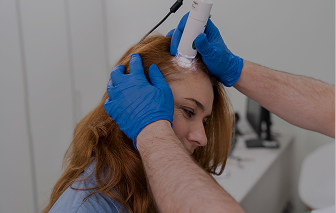


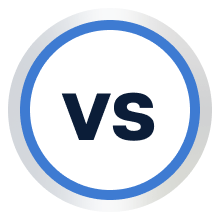

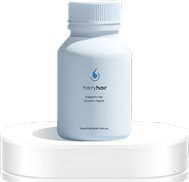
 See All
See All